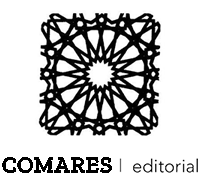Reliquias contra la revolución. Las catacumbas romanas en el imaginario español de mediados del siglo XIX
DOI:
https://doi.org/10.70794/hs.110860Palabras clave:
Catacumbas romanas, catolicismo español, siglo xix, revoluciones, Pío IX, Isabel IIResumen
El presente artículo tiene como objetivo analizar el redescubrimiento de las catacumbas romanas por parte del catolicismo español. Para ello, en primer lugar, ofreceremos un balance del impacto que tuvo el redescubrimiento de las catacumbas, la difusión de reliquias y el desarrollo de la arqueología romana en el imaginario decimonónico sobre la Iglesia primitiva. A continuación, nos centraremos propiamente en la recepción española a través de la traducción de diversos trabajos europeos y de la publicación de la primera obra española dedicada específicamente a dicho asunto, Las Catacumbas o los mártires (1849) de José Muñoz Maldonado, conde de Fabraquer. Por último, veremos cómo se conectaron las catacumbas romanas con la interpretación en clave de persecución de la experiencia de Pío IX, la regente María Cristina y los católicos españoles. De esta forma, los primeros mártires cristianos aparecían como un modelo de lucha y entrega para los católicos españoles en el siglo XIX. Con ello, las revoluciones eran integradas dentro del sempiterno enfrentamiento entre el bien y el mal que había librado la Iglesia desde el tiempo de las catacumbas.








